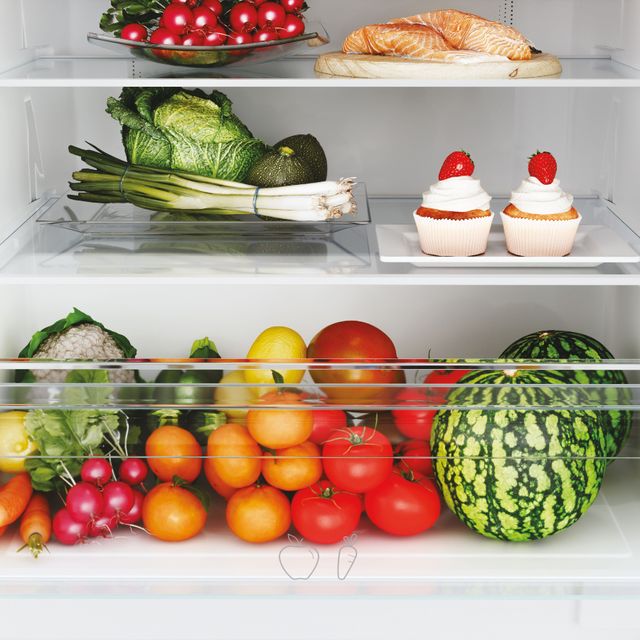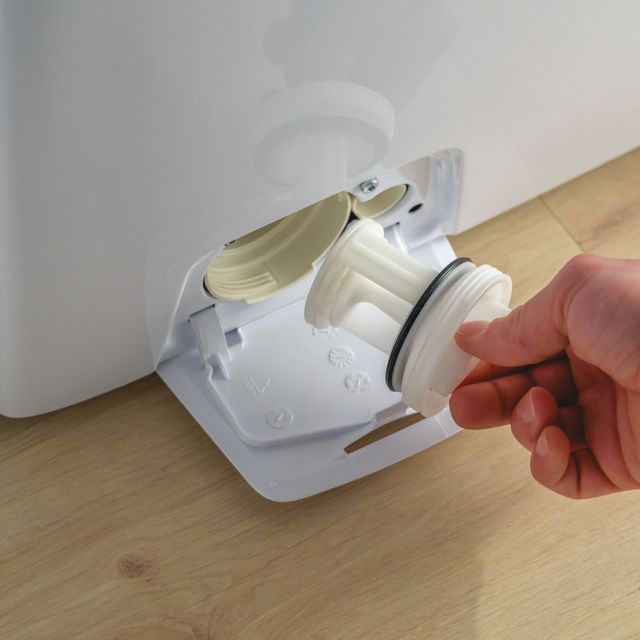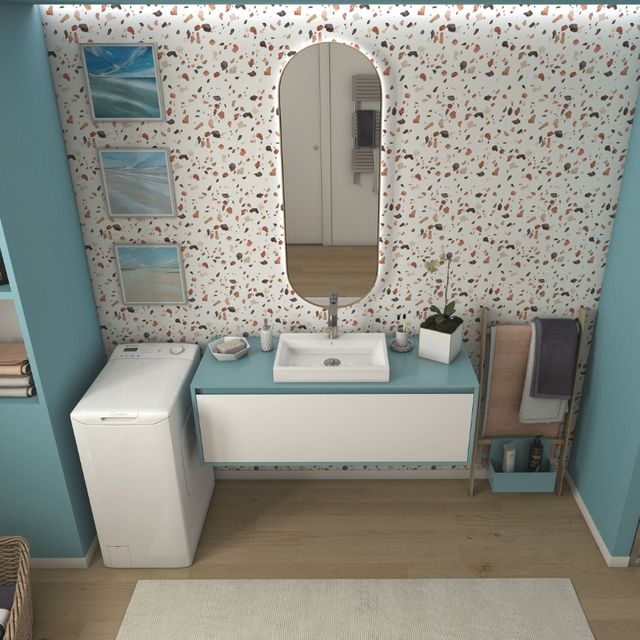Microwaves are wonderful inventions, adding a level of ease and speed to home cooking that revolutionised the kitchen when they were first made and popularised.
You might have heated up your breakfast this morning in one, or warmed up yesterday’s leftovers for your evening meal. However you use yours, you’re making significant savings on time and energy – especially if you’re using a modern model like those in the Candy catalogue.
So we know they’re an invaluable part of the kitchen – but when were they first invented and how? And who can we credit with creating the first one?
That’s what we’re going to explore with this guide, before looking at how you can go about choosing the right one for your home.
The technology behind microwaves
Before we look at who invented the first microwave, we need to first have a think about who came up with the technology that would go on to be integral to microwave machines.
This was what we now call the magnetron – a component that helped turn electricity into microwaves by pushing it through an artificially created magnetic field.
It was invented by two scientists, John Randall and Harry Boot, working at the University of Birmingham in 1940. They designed a cavity magnetron tube which became an essential part of the radar. The radar went on to play an important role in World War II, tracking enemy vehicles like planes and ships.
It would also go on to be a major part in the invention of the microwave, and the design of every single one since.
The first ever microwave
As with many inventions, the inspiration for the microwave came around purely by accident.
Percy Spencer was an American engineer who worked for a defence contractor. When he was working near a radar system, like those invented by Boot and Randall, he noticed that a chocolate bar in his pocket started to melt while it was in the vicinity of the equipment.
With this finding, Spencer went on to create a crude example of what future microwaves might look like. He fed microwaves into a metal box which had food in it and closed off any entry or exit points. And just as before with his chocolate bar, the temperature rose and rose – quicker than it ever could have through heat transfer.
Spencer’s company Raytheon put in a patent application for the technology and went on to test it out in a number of commercial premises like restaurants and hotels.
As with many domestic appliances, the microwave started out as a commercial machine that proved successful in hospitality – led by Raytheon’s Radarange model, which was a larger industrial sized microwave.
Domestic microwaves
Of course, these earlier commercial models were very different from those we have in our homes today.
It was manufacturer Litton that first pioneered the rectangular shape of the domestic microwave, designed to be smaller and more accessible to everyone. Other companies stepped in with new designs and features, and the first real residential model was introduced in 1967 by American manufacturer Amana.
These early home models were not particularly powerful, taking longer to warm up food. But as they took off across homes in the US and beyond, new features were developed that made them more and more attractive to homeowners – while also, importantly, bringing down the cost of the appliance.
By 1997, nine out of every ten homes in the US had their own microwave and that figure holds steady today, cementing the domestic microwave as one of the most popular appliances around.
The future of microwaves
From here, it’s interesting to see where the next microwaves might take us and what features they might have.
We’re starting to see the new generation of microwaves already, with smart models that can connect to WiFi and be operated remotely – or that come with their own apps, like Candy’s Divo microwave which links up to the SIMPLY-FI app for cooking tips and suggestions.
But this connectivity is just the beginning. With new AI functionality and advanced energy-saving capabilities, it’s only a matter of time before we see some of the most state-of-the-art machines ever made.
Why you should consider a Candy microwave
Candy microwaves are efficient, feature-heavy and reliable microwave appliances, designed to suit every home and budget.
Robustly made, with easy-to-navigate front panels and sturdy frames, they’re trusty additions to your kitchen – built entirely to last. Some are built in, others freestanding, so that you can make sure whatever you choose, it’ll fit perfectly into your interior design.
They also boast functions like child lock, defrosting programmes, and automatic shortcuts to help you stay safe and effective in your own house.
Ready to find out more? Visit the Candy microwave selection here.





